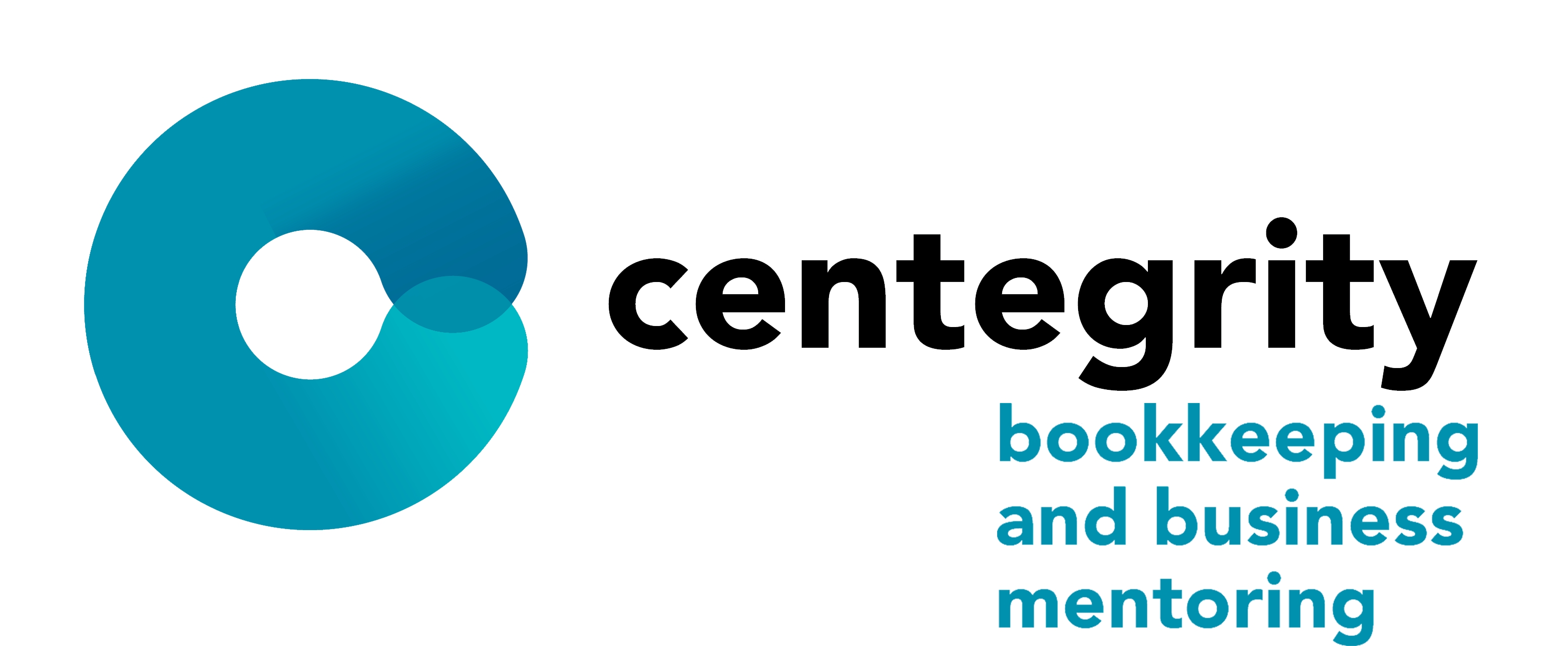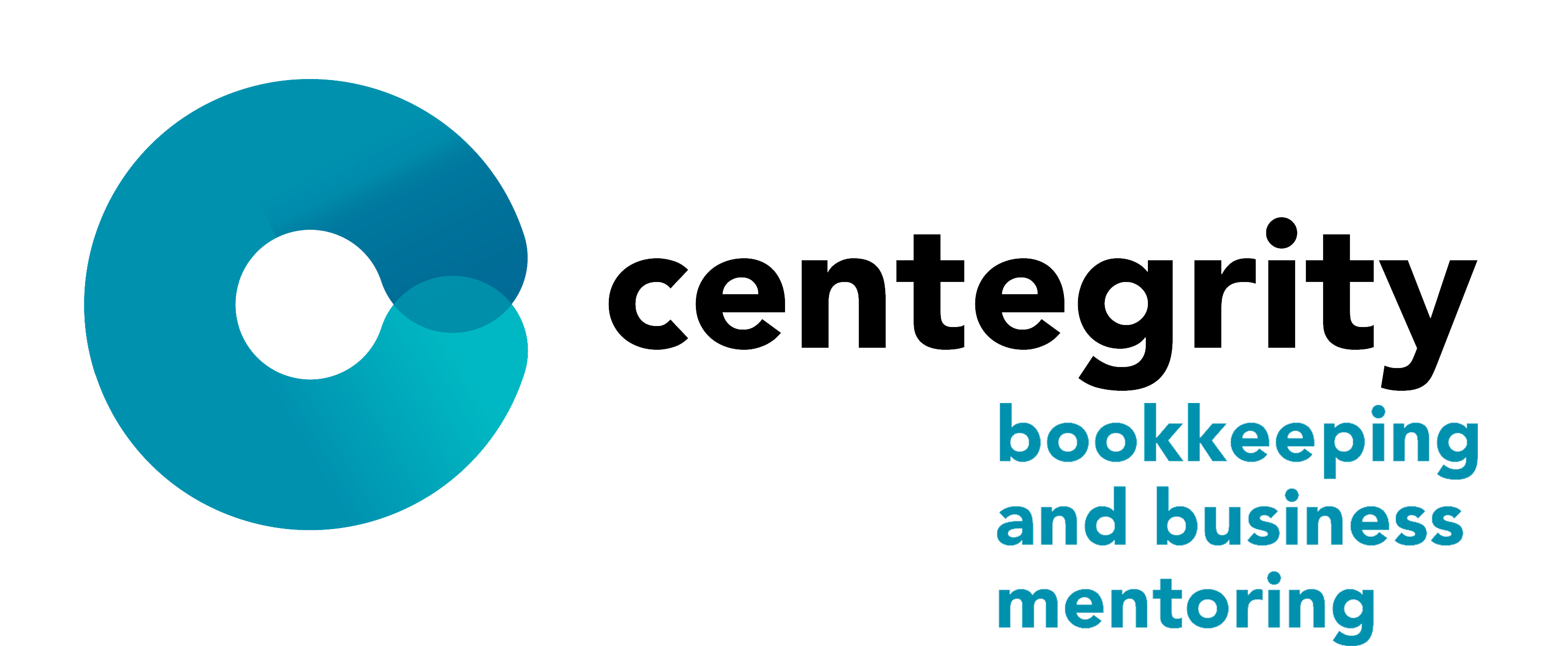With the start of the new Financial Year, it is a good time to review your pricing to ensure your profit margins haven’t lowered as a result of stock or business expenses increasing.
As a business owner you may not notice small increases from suppliers but an annual review of all costs can ensure you are on top of profitability and cash flow.
Two important distinctions in expenses are between fixed expenses and variable expenses.
Understanding these differences in expenses, and how you should price your products and services is crucial if you want to stay profitable.
In this article, we will look at ways to review your pricing, and the best ways to set your pricing.
How Do You Calculate Your Prices?
When you started your business, you may have decided your prices based on either market averages, or based on what your customers were willing to pay at the time.
However, over time the costs of doing business continue to increase, and it is good practice to do a review of all expenses to calculate if prices are profitable.
To begin with, calculate your fixed costs. These are the essential business expenses such as rent, utilities, and wages. These fixed costs must be paid regardless of the level of sales your business generates.
Next, work out your variable costs. These variable costs can include:
- costs of buying the goods from the supplier
- the costs of providing your services
Keep in mind that the total of the variable costs will rise and fall with the level of activity of your business.
Two Strategies For Pricing
Once you understand your fixed and variable costs, you must then decide how you will price your products and services. Here are two different methods that can be used.
Cost-Plus Pricing
Cost-plus pricing is taking the cost of a product and adding a mark-up percentage which becomes your profit.
The mark-up percentage you choose can either be determined by the business or by industry standards.
Cost-plus pricing is a popular method because it is easy to calculate. One potential downside of this method is that customers are able to compare prices against other businesses and brands, and decide for themselves what they believe to be a good price.
Cost-plus pricing is typically used in more competitive industries, or where customers can price-shop easily. It is also more commonly used when pricing products rather than services.
Value-Based Pricing
Value-based pricing is more complicated to determine because you have to estimate what
customers are willing to pay for your product or service.
To get this information, you may need additional market research, or testing what the market will bear. Value-based pricing sets the price based on the customers’ perception of value instead of the actual costs.
When using the value-based pricing method, consider variables such as service, convenience, or quality to determine the perceived value in the minds of customers and then the price is set to match.
Value-based pricing is often used with services, or where there is a higher level of need or convenience. For example, buying food and drinks at a music concert will allow vendors to charge higher prices due to the convenience.
How To Know If You Should Raise Your Prices
In an ideal world, your business should be able to raise its prices to keep up with annual inflation rates. Increases of expenses such as the recent increase in Superannuation costs should be factored in each year.
However, in some cases, raising prices can have a detrimental effect with customers, but for many businesses, raising prices is the only way to continue making a profit.
If your business operates in a super-competitive market with low profit margins and larger players lock prices down, you generally won’t have as much flexibility with pricing.
Also, if business is slower, a price increase might not be wise. On the other hand, if you’ve been holding off on an increase for a few years, a price increase may be long overdue if you want your business to survive.
In some instances, raising prices can be more effective than selling more products. Your business’s increases in costs will consume most of the profit from the revenue earned. But even without more sales, simply increasing prices leads to increasing profits.
Many business owners will just lump in all their costs of doing business, and not realize that different expenses categories such as fixed and variable expenses are important to watch closely.
Very often the core focus is on profits, and expenses are just seen as a necessary part of doing business.
Understanding the specific cost of your products or services can help to see if you need to raise your prices.

